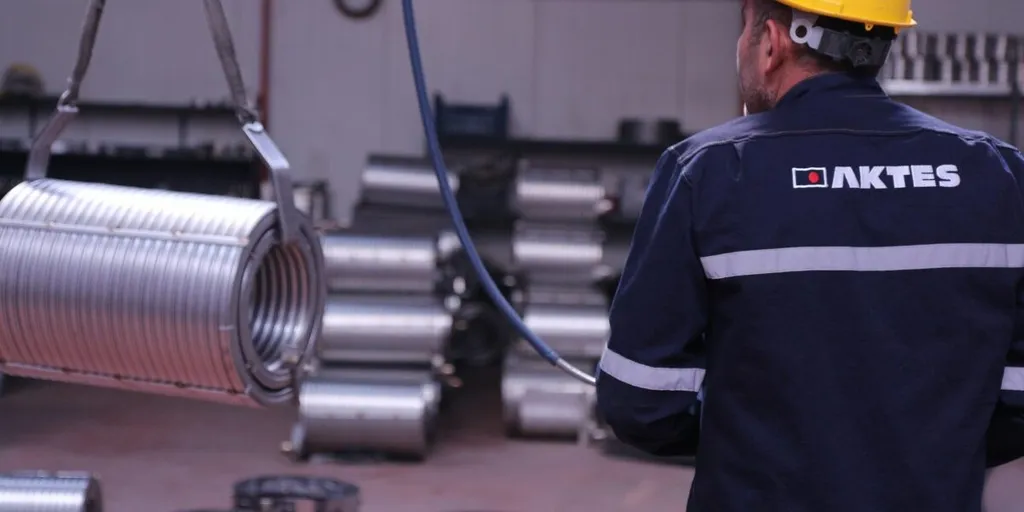In the relentless pursuit of stronger, more versatile materials, researchers have made a significant stride with the development of a novel austenitic stainless steel that could revolutionize high-speed machine tools and potentially impact the energy sector. This breakthrough, led by Chenghao Song from the School of Mechanical Engineering at Dongguan University of Technology in China, promises to enhance the performance and efficiency of critical components in various industries.
The newly designed stainless steel boasts an impressive yield strength of 1075 MPa and an ultimate tensile strength of 1257 MPa, while maintaining a total elongation of 17.3%. This remarkable combination of strength and ductility is achieved through a process called composite precipitation strengthening, where a multitude of copper and vanadium carbide (VC) nanoparticles are strategically introduced into the material. “The VC precipitates play a dominant role in enhancing the yield strength,” explains Song, highlighting the innovative approach to material design.
One of the most striking features of this new steel is its exceptionally high coefficient of thermal expansion, measuring 20.5 ppm/K. This characteristic makes it particularly suitable for applications requiring precise thermal management, such as shrink-fit holders in high-speed machine tools. The high coefficient of thermal expansion ensures a tight fit and reliable performance under varying temperatures, which is crucial for maintaining the precision and efficiency of these tools.
The implications of this research extend beyond the realm of machine tools. In the energy sector, where materials are often subjected to extreme conditions, the development of this novel stainless steel could lead to more robust and efficient components. For instance, in power generation and transmission, the enhanced strength and thermal properties of this material could contribute to the development of more durable and reliable infrastructure.
Moreover, the twinning-induced plasticity effect observed in this steel not only contributes to its ductility but also opens up new avenues for exploring the mechanical behavior of materials under different conditions. This could pave the way for the development of advanced materials tailored to specific applications, further pushing the boundaries of what is possible in material science.
Published in the journal Materials Research Letters, which translates to “Materials Research Letters” in English, this research represents a significant step forward in the field of materials science. As industries continue to demand stronger, more versatile materials, the work of Chenghao Song and his team offers a promising solution that could shape the future of various sectors, including energy.
The development of this novel austenitic stainless steel is not just a scientific achievement but also a testament to the potential of innovative material design. As researchers continue to explore the possibilities, the energy sector and other industries stand to benefit from these advancements, driving progress and efficiency in an increasingly demanding world.

